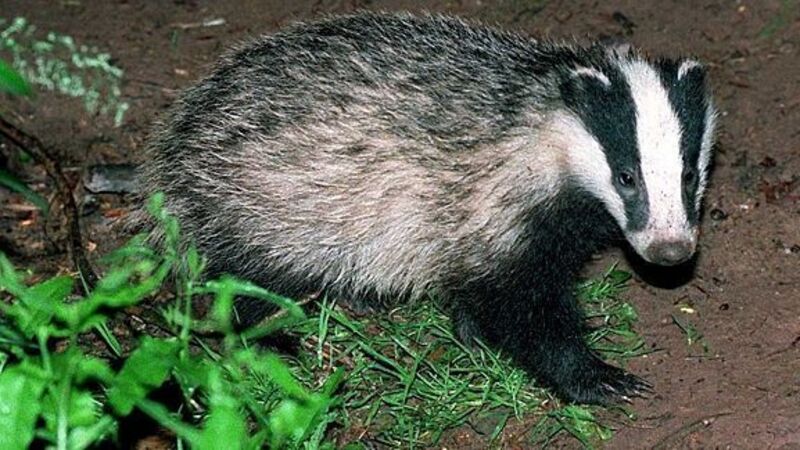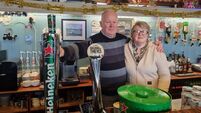Help to save our wildlife

In spite of predictions of doom for nature and wildlife, there are some encouraging stories around. Not every vulnerable species is going the way of the hapless dodo, but there’s an important qualification — human assistance is often necessary to ensure survival of our fellow creatures.
Over the years, we’ve been hearing about decline in grouse, largely due to habitat destruction in upland areas where the bird once thrived, but a project to restore habitat in Boleybrack Mountain, in Co Leitrim, has led to a rise in the grouse population there.
From Tory Island comes a report that six male corncrakes — the highest number for five years — were recorded there, while lapwing in Boora, in the Midlands, have recovered from a dangerously low three pairs, in 2002, to 94 pairs in 2012.
Michael Starrett, chief executive of the Heritage Council, refers to such hopeful stories as we begin 2015 and says while funding is small, it is important there’s a long-term commitment to ensure the work continues.
Lessons have been learned from such projects about what needs to be done to prevent further decline, and even extinction, of threatened species and proper support can make a real difference to their survival prospects, he adds.
Over the years, we’ve had warnings about threats to the red squirrel but, from personal experience of sightings in recent times, the fellows with long bushy tails seem to be turning up in places where they were rarely, if ever, seen in the past.
The badger is, perhaps, the most amazing animal of them all, given that 100,000 of them have been killed as part of a programme to curb cattle disease. We still regularly see badgers crossing roads in rural areas at night.
Meanwhile, people out walking can help the Atlas of Mammals in Ireland 2010-2015 project. The National Biodiversity Data Centre, with its partner organisations, aims to produce for the first time, detailed distribution maps for all species of wild mammals that occur in Ireland and its marine water.
To do that, help is needed. The more that’s known about what is happening to our wildlife, the more that can be done for its survival.
To make it easier for everyone, the data centre has released a biological recording app, developed by Compass Informatics, which allows anyone, young or old, to send it details of sightings of wildlife directly from their phone.
- The mobile app is free to download for IOS and Android phones. So far, the project has collated an impressive 113,000 records of more than 60 species. Details can be seen on the Atlas of Mammals in Ireland website.















